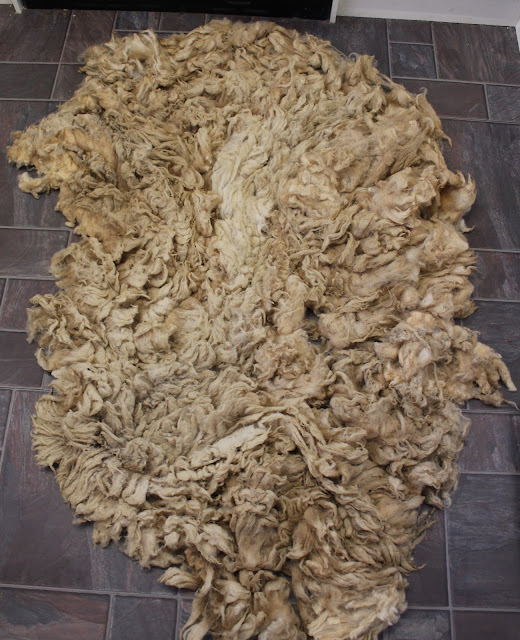Scottish Blackface sheep have origins dating back to the 12th century when Monks used their wool for clothing and exporting to Europe. There are actually several recognised strains within the breed but here are main four:
The Lanark: the dominant strain in Scotland, carries the heaviest fleece and the wool is shorter and finer than that of other strains.
The Northumberland: is the largest of the strains and found in Northern England. It has soft wool compared to others.
The Perth: is distributed most widely and is found in North East Scotland, Northern Ireland and South West England. It is fairly large with a medium to heavy fleece.
The Newton Stewart: is found in the wettest coastal areas of Scotland, Northern Ireland, Eire and the Hebridean islands. The fleece is shorter but more resistant to rain than the other strains.
In more recent years the Lanark and the Newton Stewart have been bred together to bring the two strains closer together and improve them.
They are most commonly known as Scottish Blackface but also Blackfaced Highland, Linton, Scottish Mountain, Scottish Highland, Scotch Blackface, Scotch Horn and in Ireland they may be known as Kerry despite the fact that there is a Kerry Hill breed from Wales.
The Scottish Blackface sheep, at the time of writing, is in the Rare Breed Survival Trust category 6: "Other UK Native Breeds" (over 3000) registered breeding ewes. Their numbers are such that they make up 30% of all sheep across Britain and account for 50% of the wool harvested in Scotland. They are located primarily in the Scottish Highlands and hills of North East England but they do occur throughout the UK, as already referenced.
They are a medium build sheep with a blackface, black and white marking on both legs and feet. Both sexes grow curled horns, although the males horns grow much larger. Individual sheep can be hefted to a specific part of the mountain or hill and will remain there, often where they were born, without the need for fencing. They are naturally hard and will make the most of poor grazing.
They produce a medium size fleece of 2-3 kg that is white and bulky. The fleece should be free of any black fibres and can vary from short fine wool to strong coarse wool, depending on the strain of the breed. The staple length can be anything from 6-14 inches (15-35.5 cm). The locks are long and hairy with an undercoat of fine wool and maybe some kemp. It is clear white and will take dye well but any kemp that is present will not take the dye so readily.
This fleece can be spun from teased locks or combed using Viking combs with widely spaced teeth to keep the fibre types together. If you want to remove the coarse hairs and any kemp to isolate the soft woolly undercoat then use wool combs with finer teeth. You will need to mist with water during preparation as it is prone to static electricity. If you are spinning all fibre types into your yarn then use a very light touch to keep the fibres together.
Yarns spun from Scottish Blackface fleece that have all the fibre types are definitely suited to household items and upholstery and not for any kind of clothing except maybe a lined jacket. If you have isolate the soft woolly undercoat and spun that on its own then it will be very soft and perfectly able to be used for next-to-skin garments.
I have bought this breed in as an amount of raw fleece from a farm in Aberdeenshire. It was 838g on arrival and in three pieces.
 |
| It's quite hairy and has a lot of kemp in the undercoat |
I washed this on 11th March 2021 and I only threw 46g in the bin at that stage but when it was dry I pulled lots of the long coarse hairs out of the locks as I took it from the hanging drier and put it into a bag until I was ready to comb it. 460g of clean, partially prepared fleece went into the bag.
 |
| Despite removing the coarsest hair and kemp there are still black fibres that need to be removed. |
After I had combed it I was left with 224g of lovely, soft woolly undercoat ready to spin. I used 110g of the hand combed nests to make the yarn for the breeds project.
My finished yarn is of good quality to the touch of the hand and it is very white. I have 109g/263m of sport weight yarn. My knitted piece for the project took 28g/68m so I have some left to do whatever with.



































